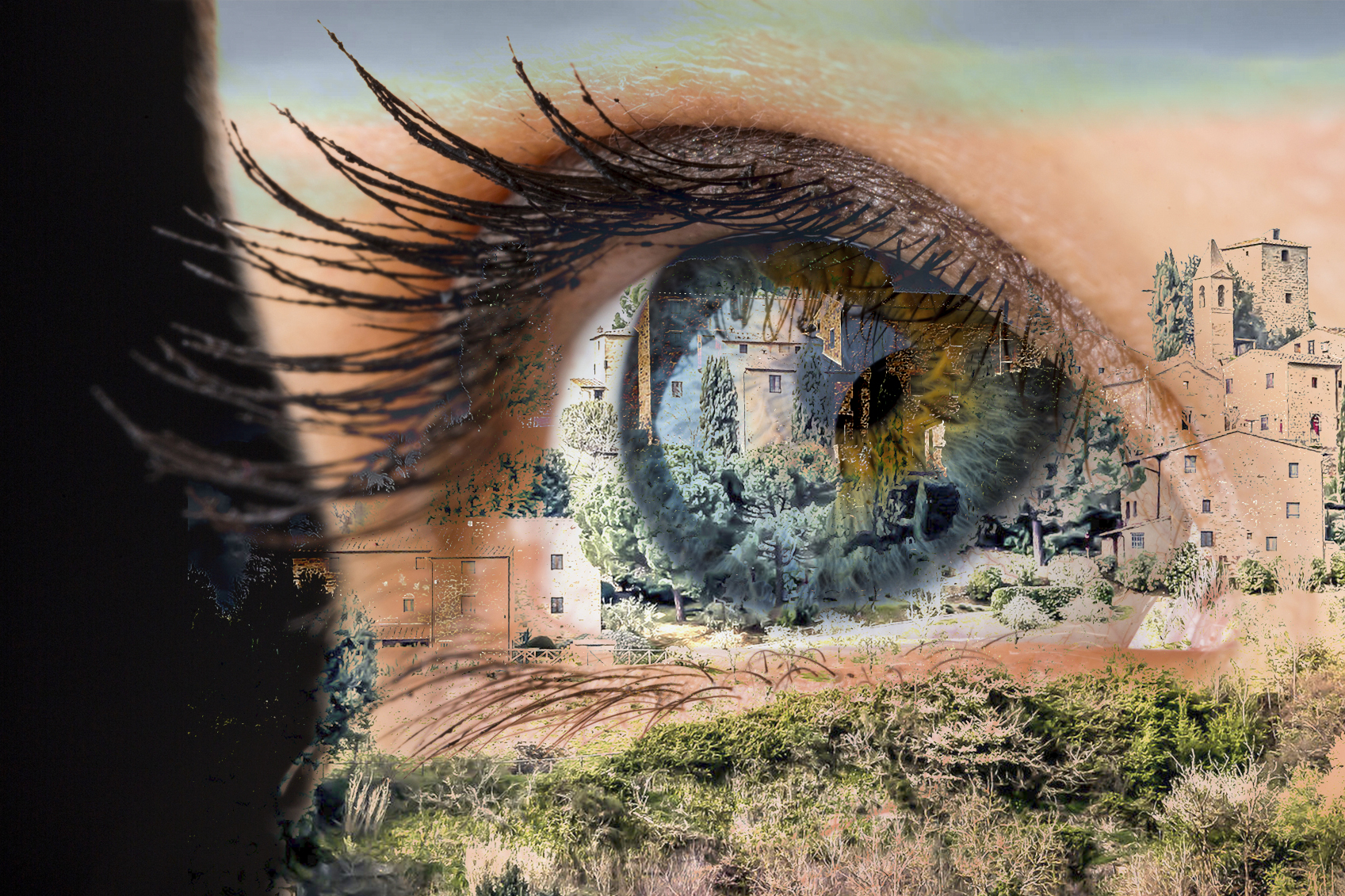
Introducing the Anthropocene
Colin Waters is Secretary of the Anthropocene Working Group of the Subcommission on Quaternary Stratigraphy, the body investigating the Anthropocene as a potential geological time unit. His working group is putting forward a proposal towards the recognition of the proposed new epoch. They started in 2009 and up until last year, they were pulling together all information that was available. “For example the biological changes that have happened are irreversible. Once species are transferred across the planet, you can’t put them in a box and put them back in their indigenous state”, he has explained while being our guest in Delft: “Even things like carbon dioxide, this will last as a signal for thousands of years. Even if we are reducing our carbon emission immediately, we are still looking at emissions which are going to be elevated above natural levels for thousands of years. At the present, there is no indication that we are changing that trend.” The human impact may be like a meteorite impact. At the end of the Cretaceous Period when the dinosaurs became extinct, a spike of iridium (an extra-terrestrial element) changed the conditions on Earth. “You still find a layer of a few millimeters thick which is high in iridium, and we can use that as the basis of the start of the new Paleogene Period following the Cretaceous.” It has been “a state change, a game-changer, to a state which now is very different from what it was before and is not recreatable to a large extent either.” What is our share, as designers?
Architecture is perhaps one that we have not mined sufficiently in the past that can provide information that is new to us and help build the story that we are developing. – Colin Waters
Continue reading →



